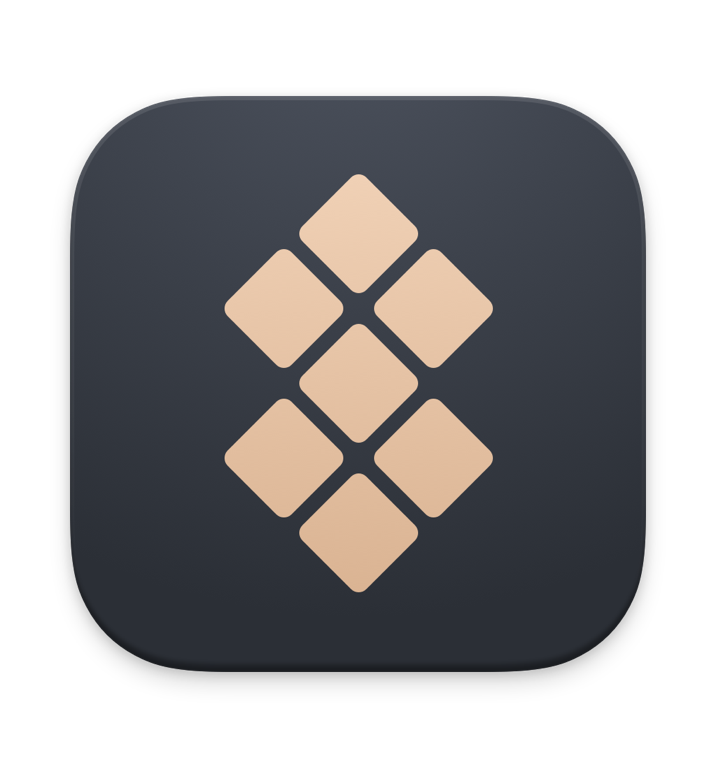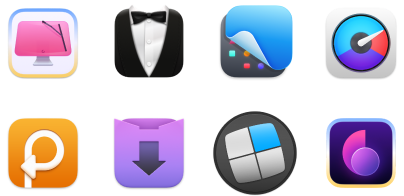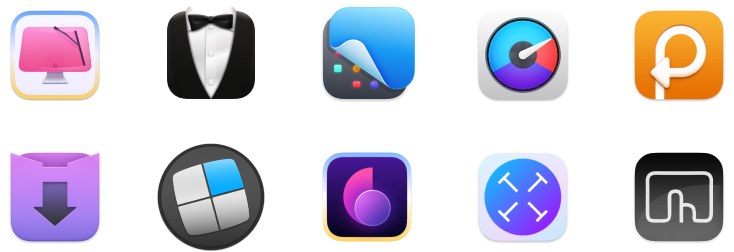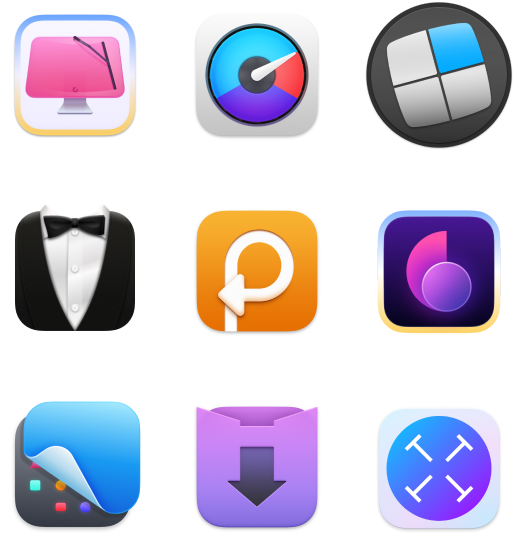How to delete recent files and search history on Mac: Most effective ways
If you are a stickler for privacy, you wouldn’t be pleased that the apps and files you opened are on public display. Whether they’re confidential files or apps you use for leisure, you’ll want to remove them, especially if you’re sharing your Mac with family or at work.
Personally, I have a habit of deleting my list of recently opened files. But when I migrated to Mac, emptying the Recents folder proved tricky. Because I found that when I clear recent files on Mac, the act also removes the original ones, which is not what I intended.
So, I tried different ways and found several that gave me better privacy control, which I’ll share below.
Ways to delete recent files
Before we dive into details, let’s quickly review quick methods to delete recent files on Mac:
| You can | What to do |
| Clear Recents with Finder | Finder > Right-click on the Recents folder > Remove from sidebar. |
| Delete from Recents manually | Finder > Recents > Select files > Right-click > Move to Trash. |
| Clear Recent Items in Apple menu | Apple menu > Recent Items > Clear menu. |
| Clear items with CleanMyMac | Install and open CleanMyMac > Protection > Scan > Manage Privacy Items > Privacy > Recent Item Lists > Select items > Remove. |
| Clear Recents without deleting files | System Settings > Spotlight > Search Privacy > Click the add “+” button > Click the drop-down list > Macintosh HD > Choose. |
| Rename files with Terminal | Open Terminal > Type CD command > Use the MV command to rename the file > Press Return. |
| Insert files to encrypted drive | Applications > Disk Utility > Click File > New Image > Blank Image > Name the drive > Click the Encryption > Select AES-128 or AES-256 > Enter password > Save. |
What is the Recents folder?
Recents isn’t a real folder on your Mac. I know it sounds confusing, but wait, let me explain. The Recents folder is a list that uses the Spotlight Search feature to automatically display the files, folders, and apps you recently opened.
By itself, the Recents folder doesn’t physically exist nor take up spaces on your hard disk. But the items you see in it are real. They are files stored in their respective folders or locations on your Mac.

So, can I delete Recents on Mac? Well, yes and no. Yes, because you can delete the files in the folder, and no, because you can’t delete the folder itself. If you delete the files shown in the Recents folder, you’re actually deleting the original files. So, be mindful of what you’re deleting.
How to clear Recents on Mac
Alright, let's get into the details together. I'll share some commonly used methods, my favorites, and a few handy tips to enhance your experience.
Clear Recents using Finder
The easiest way to clear your Recents folder is to hide it from Finder. I know this isn’t actually clearing the items, but it’s the fastest way to prevent anyone from seeing apps or files you recently opened. Plus, nothing gets deleted.
Here’s how it goes:
- Open Finder.
- Right-click on the Recents folder.
- Select Remove from sidebar.
Just like that, the Recents folder has been deleted from Finder. Well, not permanently, though. Unless you bring it back again, no one can see what’s in the folder.

If you need the Recents folder again, click Finder > Settings > Sidebar at the top menu. Then, select Recents. You’ll find the Recents folder back again, along with all the items.
Manually deleting files from Recents
Alright, hiding the Recents folder from plain sight isn’t a foolproof measure. The list of files and apps you opened recently is still there. And yes, anyone who’s tech-savvy enough can unhide the Recents folder and view the files.
So, if you want to prevent anyone from seeing the list, you have to clear the Recents folder on Mac for real.
Here’s how clear the Recents folder:
- Open Finder > Recents.
- Select one or multiple files in the Recents folder.
- Right-click on any of them and select Move to Trash.

Almost immediately, they’ll be removed from the list.
The great thing about this method is that it’s fast. But I’m concerned that you might end up deleting important files. Remember, the Recents folder isn’t an actual folder but a list of the original files and apps on your Mac.
Clear Recent Items on your Mac via Apple menu
The Recents folder in Finder isn’t the only giveaway of the apps and files you last opened on your Mac. If you’re not aware, they’re also visible on the Recent Items list.
Now, it’s important to know that Recent Items menu is not similar to the Recents folder:
- What you see in the Recents Folder is a collection of actual apps and folders.
- Meanwhile, the Recent Items is a history of the past 20 apps and files you opened.
Because they’re different folders, you will still see the list in Recent Items, even after clearing the Recents Folder. Besides, another distinction is that when you clear the Recent Items list, the actual files and apps are not deleted.
I make it a point to clear my recent files whenever I lend my Mac to someone, and I trust you’ll want to follow suit.
To delete the Recent Items list:
- Click the Apple menu.
- Choose Recent Items.
- Click Clear menu.

You’ll find empty Recent Items, with no signs of the apps or files you opened moments ago.
How to clear Recents on Mac with one click
Another way to clear your Recent Items list is with CleanMyMac. Admittedly, CleanMyMac is an overkill if you use it just to delete recent items (and my favorite method). That said, it can help you declutter your Mac, just like it did with mine. Plus, I love how the app runs through a deep scan to find potential threats that might be hiding in my Mac. Here’s how to delete Recent Items with CleanMyMac.
- Install and open CleanMyMac.
- Click the Protection tab > Scan and wait for the results.
- Click Manage Privacy Items > Privacy > Recent Item Lists.
- Then, select the items you want to delete and click Remove.

Now, your Recent Items list in the Apple menu will be empty.
Clearing Recents without deleting files
Most Mac users would ask, “How do I clear Recents in Mac Finder without deleting the original files?” “Are there ways to empty the Recents folder while leaving the files intact? Well, not directly. But from what I’ve found, there are workarounds that you can try.
For example, you can exclude your Mac’s hard disk from Spotlight’s search. Basically, you prevent Spotlight from tracking the apps and files you open with this method. Here’s how to do that:
- Open System Settings > Spotlight
- Scroll to the bottom and click Search Privacy.
- At the Privacy dialog, click the add “+” button.
- Click the drop-down list at the top and select Macintosh HD.
- Then, click Choose.
Spotlight now excludes your Mac’s hard disk and will no longer update the Recents folder.

Rename files using Terminal
To be fair, the Recents folder is often useful. For example, I don’t have to search for my editorial checklist each time I write a blog. All I need to do is to open the Recents folder and find it there. Moreover, sometimes, what we need is to stop a select few apps or files from showing up in Recents.
Instead of clearing the entire list or manually deleting them, you can rename a file by adding a period (.) to precede its name. And this will stop Spotlight from tracking. But the problem is, you can’t do that in Finder, as it’s against the naming convention it allows.
So, the only way to rename your files and stop them from showing up in Recents is by using Terminal. Here’s how.
- Open Terminal.
- Navigate to the folder containing the file with the CD command.
- Then, use the MV command to rename the file. For example, mv screenshot.png .screenshot.png
- Press Return.
Now, the file will be immediately hidden from Spotlight and, hence, the Recents folder. If you want to know more about it, check out other ways to hide files and folders.
Move files to an encrypted drive
If you don’t want to go through the hassle of clearing the Recents list now and then, put them in an encrypted drive. When you encrypt your files, Spotlight can’t track them. And this stops them from ending up in the Recents folder.
Here’s how to create an encrypted drive on your Mac.
- Go to Applications > Open Disk Utility.
- Click File > New Image > Blank Image at the top menu.
- Name the drive and select its location. Then, click the Encryption drop-down menu and select AES-128 or AES-256.
- Enter and verify the password for the encrypted drive.
- Then, click Save.

Now, open the drive by double-clicking its DMG icon and entering the password. Once opened, you can move the files you want to keep private there.
How to clear recent files on Mac (Solved)
The next time you see files you’d rather keep away from prying eyes in the Recents folder, you know what to do. Whether you want to delete them, hide the folder, or use other methods I described, I’ll leave it to you. But what’s important is to understand their implications and how they affect your workflow.
Also, if you need help managing your files better, try the apps I mentioned.
- CleanMyMac scans and removes junk files from your Mac, so you have a faster machine.
- Path Finder lets you easily copy a file’s path and rename it in Terminal.
- ClearVPN secures your internet connection, allowing you to share files online safely.
All of these apps are available on Setapp, a single subscription that lets you download 250+ productivity apps. Try them 7 days for free now.
FAQ
Why do recent items keep reappearing after I clear them?
Few reasons can cause recent items to keep reappearing. For example, Spotlight might still be indexing the files the moment you delete them. Or syncing issues with iCloud or an external drive can also cause the files to reappear in the Recents folder.
How do I clear recent documents in specific apps like Pages or Keynote?
To clear recent documents in specific apps like Pages, go to File in the menu bar > Choose Recent > Clear Menu to remove the list of previously opened documents. The same steps apply to Keynote.
Is there a shortcut to delete recent items on Mac?
No, there isn’t any shortcut that lets you delete recent items. To do that, you’ll have to click the Apple icon > Recent Items > Clear Menu. Or if you have CleanMyMac installed, you can remove the recent items from Protection > Manage Privacy Items > Privacy > Recent Item Lists.






